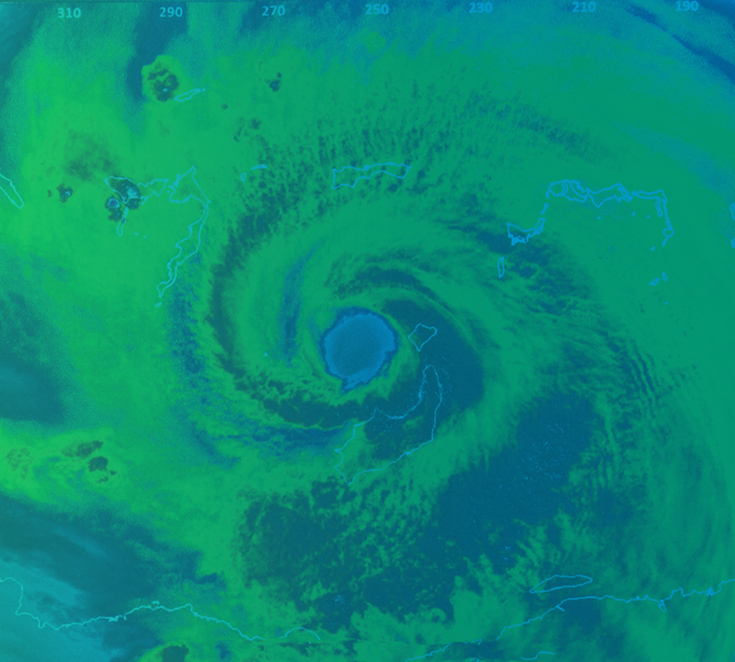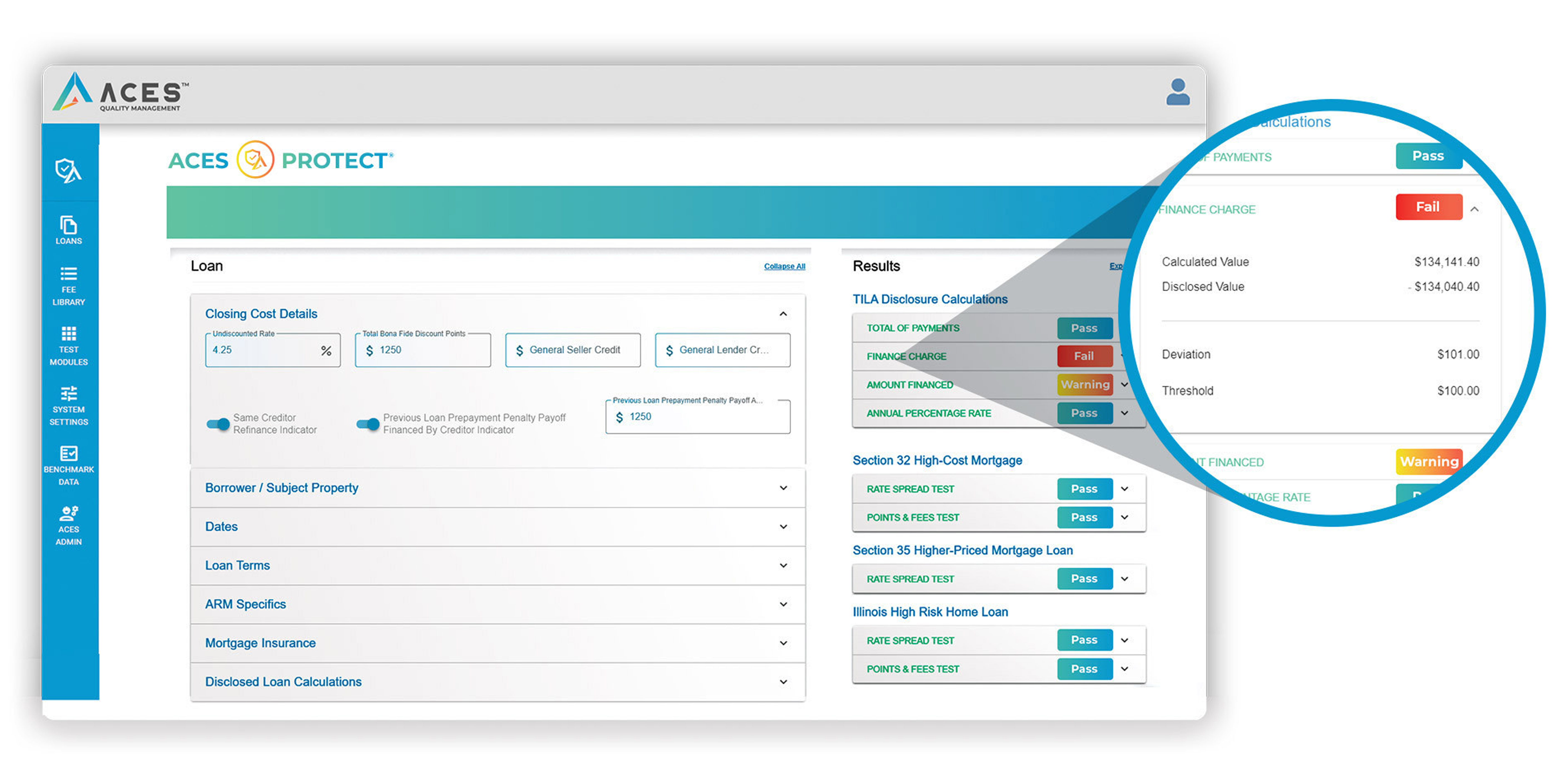The Office of the Comptroller of the Currency, the Board of Governors of the Federal Reserve System, the Federal Deposit Insurance Corporation, the National Credit Union Administration, and the state regulators, collectively the agencies, recognize the serious impact of flooding in the Midwest on the customers and operations of many financial institutions and will provide appropriate regulatory assistance to affected institutions subject to their supervision. The agencies encourage institutions operating in the affected areas to meet the financial services needs of their communities.
A complete list of the affected disaster areas can be found at https://www.fema.gov/disasters.
Lending: Financial institutions should work constructively with borrowers in communities affected by flooding in the Midwest. Prudent efforts to adjust or alter terms on existing loans in affected areas should not be subject to examiner criticism. Modifications of existing loans should be evaluated individually to determine whether they represent troubled debt restructurings. This evaluation should be based on the facts and circumstances of each borrower and loan, which requires judgment, as not all modifications will result in a troubled debt restructurings. In supervising institutions affected by flooding in the Midwest, the agencies will consider the unusual circumstances these institutions face. The agencies recognize that efforts to work with borrowers in communities under stress can be consistent with safe-and-sound practices as well as in the public interest.
Temporary Facilities: The agencies understand that many financial institutions face staffing, power, telecommunications, and other challenges in re-opening facilities after the flooding in the Midwest. In cases in which operational challenges persist, the primary federal and/or state regulator will expedite, as appropriate, any request to operate temporary facilities to provide more convenient availability of services to those affected by flooding in the Midwest. In most cases, a telephone notice to the primary federal and/or state regulator will suffice initially to start the approval process, with necessary written notification being submitted shortly thereafter.
Publishing Requirements: The agencies understand that the damage caused by flooding in the Midwest may affect compliance with publishing and other requirements for branch closings, relocations, and temporary facilities under various laws and regulations. Institutions experiencing disaster-related difficulties in complying with any publishing or other requirements should contact their primary federal and/or state regulator.
Regulatory Reporting Requirements: Institutions affected by flooding in the Midwest that expect to encounter difficulty meeting the agencies’ reporting requirements should contact their primary federal and/or state regulator to discuss their situation. The agencies do not expect to assess penalties or take other supervisory action against institutions that take reasonable and prudent steps to comply with the agencies’ regulatory reporting requirements if those institutions are unable to fully satisfy those requirements because of the effects of flooding in the Midwest.
The agencies’ staffs stand ready to work with affected institutions that may be experiencing problems fulfilling their reporting responsibilities, taking into account each institution’s particular circumstances, including the status of its reporting and recordkeeping systems and the condition of its underlying financial records.
Community Reinvestment Act (CRA): Financial institutions may receive CRA consideration for community development loans, investments, or services that revitalize or stabilize federally designated disaster areas in their assessment areas or in the states or regions that include their assessment areas. For additional information, institutions should review the Interagency Questions and Answers Regarding Community Reinvestment at https://www.ffiec.gov/cra/qnadoc.htm.
Investments: The agencies realize local government projects may be negatively affected by flooding in the Midwest. Institutions should monitor municipal securities and loans affected by flooding in the Midwest. Appropriate monitoring and prudent efforts to stabilize such investments are encouraged.
For more information, refer to the Interagency Supervisory Examiner Guidance for Institutions Affected by a Major Disaster, which is available as follows:
CSBS: https://www.csbs.org/interagency-supervisory-examiner-guidance-institutions-affected-major-disaster
FDIC: https://www.fdic.gov/news/news/financial/2017/fil17062.html
FRB: https://www.federalreserve.gov/supervisionreg/srletters/sr1714a1.pdf
OCC: https://www.occ.gov/news-issuances/bulletins/2017/bulletin-2017-61.html
###
Media Contacts:
CSBS James Kurtzke (202) 728-5733
Federal Reserve Darren Gersh (202) 452-2955
FDIC Julianne Fisher Breitbeil (202) 898-6895
NCUA John Fairbanks (703) 518-6330
OCC Stephanie Collins (202) 649-6870
FDIC: PR-22-2019






